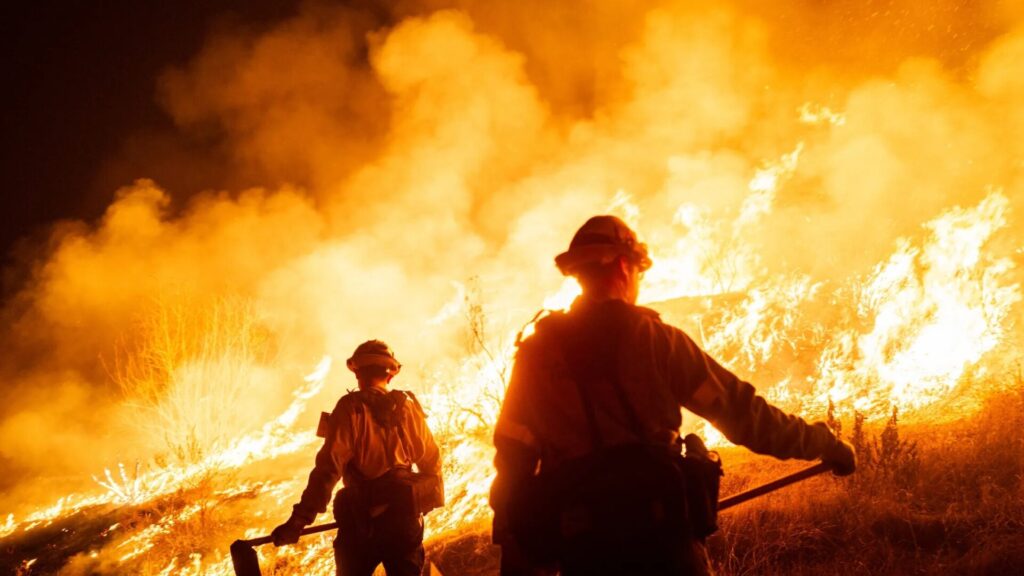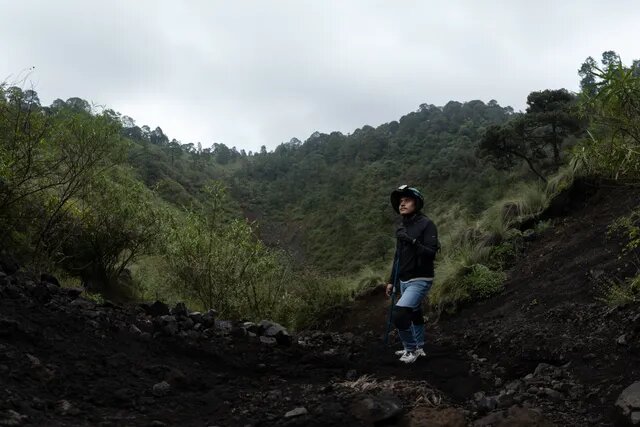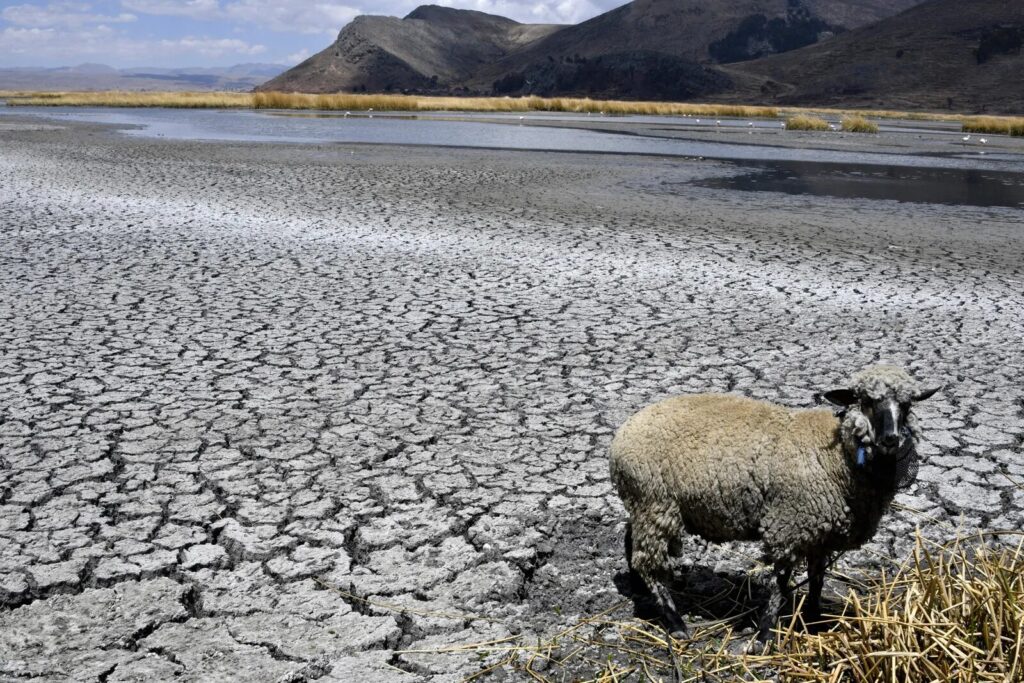Barely half a century ago, Haiti was a country covered with jungles and abundant biodiversity. Today, it ranks among the most fragile nations on the planet, with a deforestation superior to the 90% and the largest food insecurity of the Caribbean. Its neighbor, the Dominican RepublicWhat happened?
The answer is in the environmental tipping pointsOnce these limits are crossed, they generate irreversible changes in the natural systemsexplains the doctor Enrique Martínez Meyerof the Institute of Biology, UNAM. Haiti represents an alarming case of what could happen on a planetary scale if immediate action is not taken.
The world is approaching several of these points: the melting of the polar ice capthe loss of permafrostthe weakening of ocean currents such as AMOC, the savanization of the Amazon and the ocean acidification. If the current emissions trajectory continues, the global warming could reach 4.4°C by the end of the century, far above the limit of 1.5°C proposed by the Paris Agreement.

Mexico already experiencing these effects. According to the Institute of Atmospheric Sciences and Climate Change of UNAMIn the last two decades, the country has registered a temperature increase of 1.79°C compared to the pre-industrial period. If the trend continues, 3°C will be reached in the coming decades, which will imply a greater increase in temperature. hydric stress, loss of biodiversity y social crises.
"We are at a point of transformations that change the trajectory of things. We don't know where we might be going, but we know it's not to any happy place," the specialist stressed.
Martínez Meyer explained that, although the scientific community has been documenting these risks for 30 years, the global response is still insufficient.
"Do you see that Mexico has changed? No, we continue to function, but there are going to be more crises and social conflicts, for example, associated with water, because even if it rains, if it is hotter, it evaporates faster, so in the water balance, we are going to lose. Failure to reduce the rate of deforestation can lead to conflicts over land and, in terms of biodiversity loss, we will lose many elements of identity, for example, species that represent us, such as the jaguar", he said.

He is also a member of the CONAHCyT National Laboratory for the Biology of Climate Change considered that we will begin to have greater unmet needs for basic services such as water, health, food, and it has already been seen that the greater the environmental degradation, the greater the social crises.
A crucial tool for understanding this crisis is the planetary boundary modeldeveloped by the Stockholm Resilience Center. This framework identifies nine processes vital to the planet's equilibrium. Six of them have already been surpassed, including the climate changethe loss of biodiversity and the alteration of nutrient cycless such as nitrogen and phosphorus.

Despite this, there is hope. MexicoAlthough affected, it has not yet crossed certain points of no return and retains the ability to ecosystem resilienceHowever, firm decisions are required from public policies and a social organization that demands and acts collectively.
Individual actions count, but collective actions change systems. We need policies and informed citizens pulling in the same direction, concluded Martínez Meyer.
Source: WIRED


